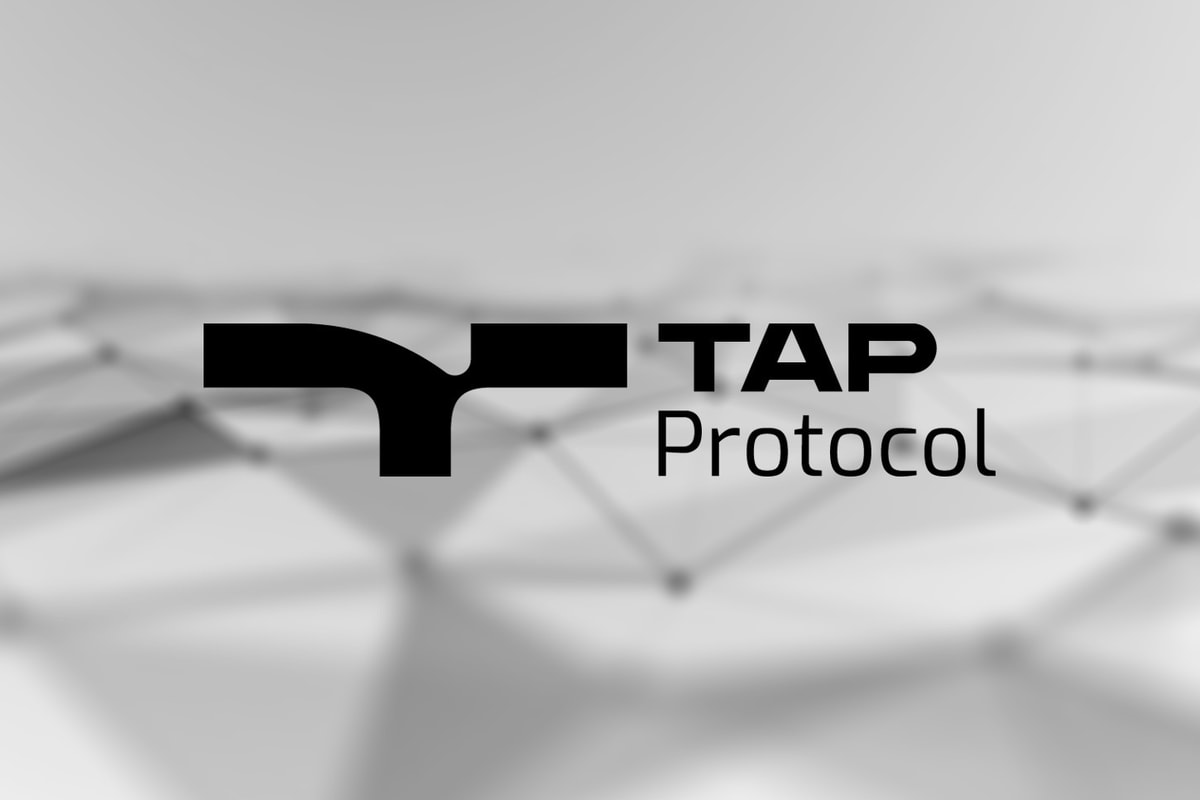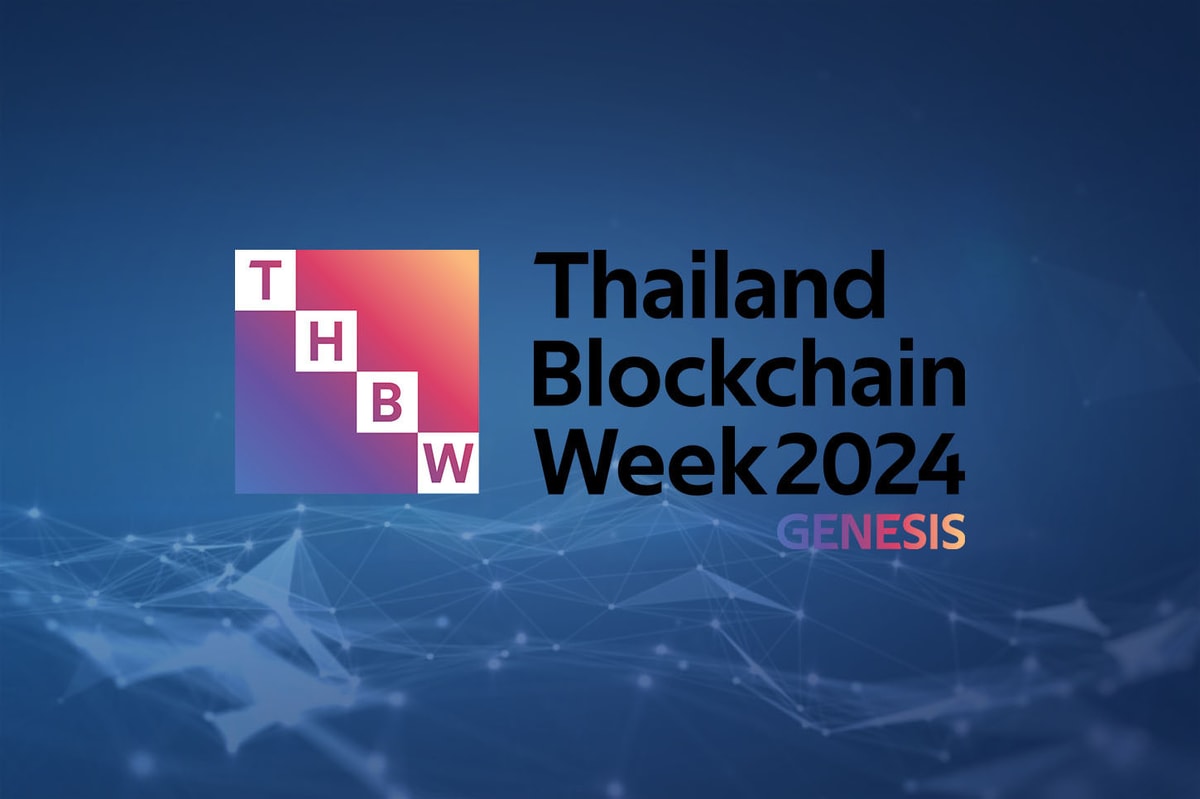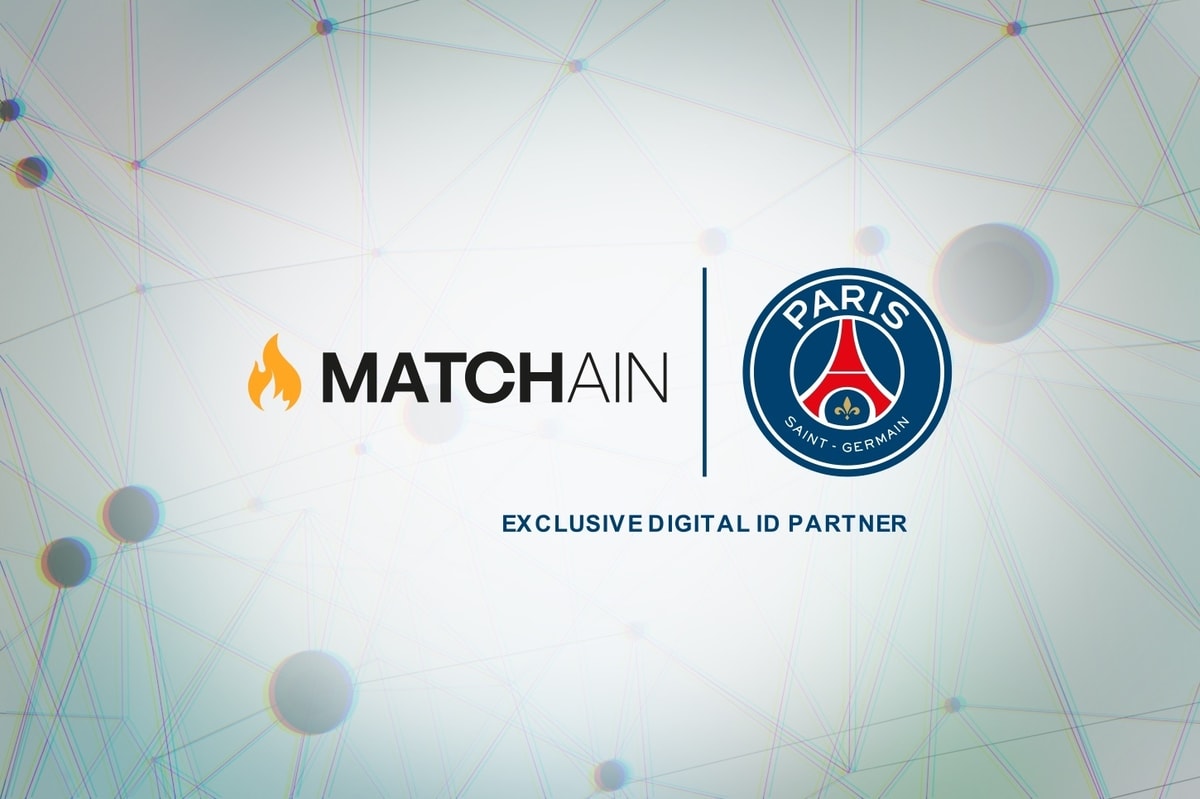With the increasing popularity of decentralized finance (DeFi), the demand for decentralized exchanges (DEXs) with a better user experience and lower costs has become one of the primary goals of many blockchain projects. Gridex Protocol has taken a step forward in addressing this need by launching an on-chain order book trading protocol that offers robust decentralized attributes.
A new type of trading protocol using a dual algorithm framework
The Gridex Protocol team has introduced a new type of DEX using their dual algorithm framework, providing a solution to the shortcomings of existing automated market maker models used by mainstream DEXs. The team designed the GMOB model and GPLM algorithm to solve the problems of impermanent loss and high slippage issues preventing users from entering DeFi.
Centralized exchanges (CEXs) usually use a CLOB model for the matching engine algorithms. However, the CLOB model requires significant resources, making it impossible for them to be deployed and run on blockchain networks. The GMOB model improves the resource consumption problem caused by CLOB, allowing order books to be on-chain.
GMOB limits maker orders to an extremely narrow price range based on percentage limits, adding them to the system order book instead of executing them immediately. This feature increases liquidity in the entire system, like a CEX. Gridex Protocol drives incentives by providing makers with negative transaction fees.

GPLM Algorithm Execution Method
The GPLM algorithm mainly handles transaction execution and settlement, measuring linear proportional relationships between changes in token prices caused by takers within a specific price range and token purchase quantities. Even if all transactions are on-chain, the gas consumption for the Gridex Protocol remains the same as a constant function market maker without imposing a higher cost burden on users.
Gridex Protocol provides clear advantages for users
Gridex Protocol is taking the user experience to the next level with its innovative technology. In the early stages of DEX development, the focus was on decentralization and transparency, but as the market evolved, improving user experience became a top priority.
Gridex Protocol offers a smoother trading experience and lower costs than its competitors. Tests have shown that trading with Gridex Protocol costs the same as Uniswap v3, at around 120,000 gas. However, completing orders with the “collect maker order” feature can save users up to 60% of gas fees compared with adding or removing liquidity with Uniswap v3. This innovative feature means users can save up to 40% on transaction costs by switching from Uniswap v3 to the Gridex Protocol.

Image Source: Gridex Protocol
The Gridex Protocol order system provides users with three granular options to balance transaction efficiency and fee income: 0.01%, 0.05% and 0.3%. For stablecoin pairs and other trading pairs where quick execution is essential, users can choose finer granular modes. Coarser granular options are also available for high-volatility tokens to obtain increased transaction rewards.
Gridex Protocol‘s native token GDX will list on D5 Exchange on March 15
Gridex Protocol has announced that it will list GDX — its native token — on D5 Exchange on March 15. According to the team, a total number of 200 million GDX tokens will be issued, of which 70% will be distributed to the community for proof-of-stake (PoS) rewards, maker rewards and airdrop rewards. The remaining 30% will be used to reward core contributors and early investors, and for project development and marketing.
According to the development roadmap, the Gridex Protocol team expects to launch a PoS mainnet in the second quarter of 2024, supporting mainstream layer 1s and layer 2s, establishing cross-chain order books, with D5 Exchange becoming the DEX that aggregates liquidity from the entire network.











